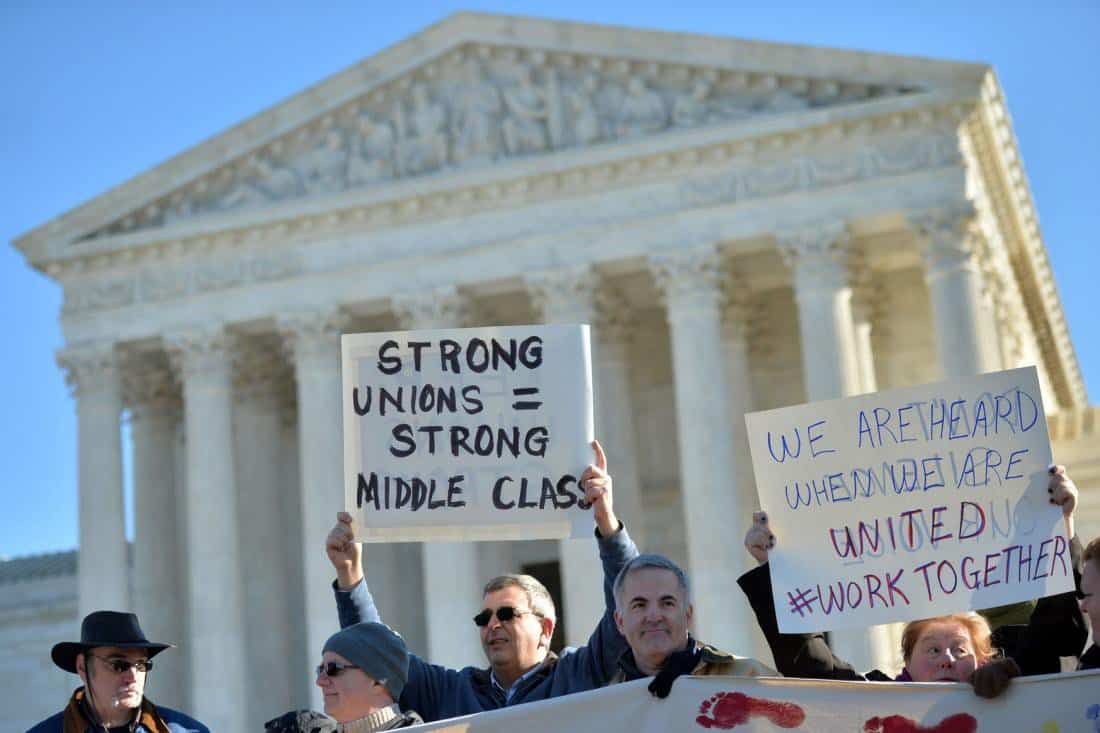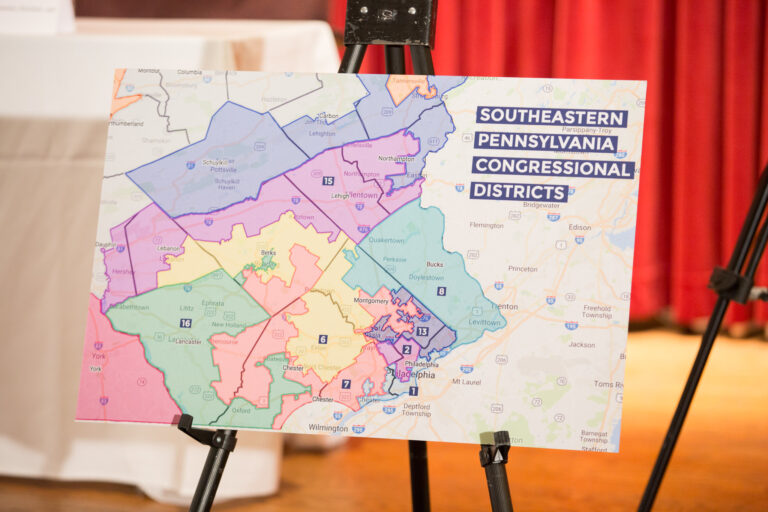
Jonathan R. Harkavy has taught labor and employment law at Wake Forest School of Law and corporate finance at Duke Law School and the University of North Carolina at Chapel Hill School of Law. During the summers of 2018 and 2019, he has been a visiting research fellow in the Labor and Worklife Program at Harvard Law School.
Here is a glimpse at the Supreme Court’s labor and employment decisions for the term that ended in June of 2019. Compared to the carnage of a year ago, when the Janus and Epic double whammy dealt punishing blows respectively to public sector unions and to class litigation, the term just ended was comparatively tame. Nonetheless, several rulings displayed familiar pro-employer sentiments that signal what a newly reconstituted five-Justice majority has in store for our labor and employment jurisprudence. What follows is the briefest peek at last term’s checkered body of work.
First, there was not a single labor relations ruling against unions! But, no gloating. Labor jurisprudence remained stable only because the Court put no labor cases on its argument docket. Instead, the Court took a welcome breather from its assault on public sector unions and enshrinement of class action waivers of a year ago. For now at least, the focal point of labor law wreckage has shifted from Supreme Court decisions to administrative regulations, as Presidential appointees to the NLRB, the Department of Labor and other agencies are making their anti-worker handiwork felt.
Workers fared a bit better than usual last term in the employment discrimination area. The Court ruled favorably for employees in both discrimination cases on its merits docket. Ft. Bend v. Davis, No. 18-525, held that Title VII’s charge filing requirement is not “jurisdictional” and that claimants are not foreclosed from pursuing discrimination and retaliation claims that were not the subject of an EEOC charge. And, Mt. Lemmon Fire Dist. v. Guido, No. 17-587, decided that local governmental employers with fewer than 20 employees are – unlike their private sector counterparts – subject to claims under the Age Discrimination in Employment Act. Take fair warning, however, that in Kennedy v. Bremerton School District, No. 18-12 (Statement of Justice Alito concurring in denial of certiorari, January 22, 2018), four Justices openly hinted at revisiting Title VII and First Amendment decisions requiring employer accommodation of religious expression.
It was an active and not altogether disastrous term for employee benefit claimants. Dawson v. Steager, No. 17-419, held that a retired employee of the U.S. Marshals Service must receive the same state income tax treatment of his retirement pay as comparably situated state and local law enforcement retirees. On a slightly less positive note, BNSF v. Loos, No.17-1042, held that the portion of a railroad’s FELA damage payment to an employee for working time lost due to an on-the-job injury is taxable “compensation” under the Railroad Retirement Tax Act. (This ruling is not so unfavorable when one considers that this tax fortifies a retirement system intended to help all railway workers.) On the indisputably negative side of the ledger, however, Parker Drilling Management Services, Ltd. v. Newton, No. 18-389, denied workers on offshore oil platforms the right to standby pay even though they cannot leave their rigs during off-duty hours. Construing the Outer Continental Shelf Lands Act and the FLSA, the Court nullified application of California’s wage and hour protections to workers on drilling platforms off the state’s coast. In a questionable ruling, the Court in Biestek v. Berryhill, No. 17-1184, approved denial of Social Security disability benefits based on vocational expert evidence, despite the expert’s refusal to furnish her own labor market surveys upon which her testimony depended. On a more positive note, Smith v. Berryhill, No. 17-1606, held that a worker’s claim for Social Security disability benefits that had been heard by an ALJ and rejected by the Appeals Council on timeliness grounds is subject to judicial review in federal court as a “final” administrative decision. In a blow to maritime workers, The Dutra Group v. Batterton, No.18-266, held that injured seamen cannot recover punitive damages on an “unseaworthiness” claim under the Jones Act. Finally, in Yovino v. Rizo, No. 18-272, the Court failed to resolve a hotly debated issue about whether salary history can justify wage differentials under the Equal Pay Act when it vacated an en banc Ninth Circuit ruling issued after the death of Judge Stephen Reinhardt, the majority opinion’s author.
A much-anticipated decision in Kisor v. Wilkie, No. 18-15, failed to materialize as a major bete noir of the term. While the Court did not, as many had feared, overrule the Auer doctrine of judicial deference to reasonable agency interpretations of their own regulations, it stressed the doctrine’s limits, ruling that courts may defer only when a regulation is genuinely ambiguous, the agency’s interpretation is necessary and authoritative, and the agency is exercising its fair and considered judgment based on its own expertise. In addition to a few other unremarkable decisions on the periphery of employment law, the Court declined in Frank v. Gaos, No.17-961, to resolve the role of cy pres provisions in class settlements. Instead, the Court vacated on standing grounds approval of a disputed class action settlement that would have left class members without a penny, while charities favored by class counsel (who themselves would be paid handsomely) would have received millions of dollars.
Perhaps saving worst for last, consider what the Court did in the arbitration area. The employer-friendly majority’s romance with mandatory individual arbitration continued in unrestrained fashion last term. In Lamps Plus, Inc. v. Varela, No.17-998, the Court ruled that an agreement referring comprehensively to arbitration of all employee claims is ambiguous about class arbitration and thus insufficient to counter the employer’s insistence on individual arbitration – even though the employer drafted the ambiguous reference. Offering a tiny escape hatch from mandatory arbitration, the Court ruled in New Prime, Inc. v. Oliveira, No.17-340, that an independent driver for an interstate trucking company did not have to arbitrate his wage theft claim because his work fell within the Federal Arbitration Act’s exemption for “contracts of employment” of certain transportation workers. Finally, in Henry Schein, Inc. v. Archer & White Sales, No.17-1272, the Court held in a non-employment context that where the parties have agreed that arbitrability disputes are to be resolved by an arbitrator, courts have no power to fashion an exception to that requirement for disputes that a court finds “wholly groundless.” Employees will thus find it difficult to bring a judge into arbitrability disputes even where an employer asserts an obviously meritless position.
What to make of this peek at last term’s decisions? A bit of pique, I should say, because of my apprehension that an agenda-driven majority simply bided its time last term before turning to a number of high-profile employment issues in the upcoming term. But that’s a story for another post.






Daily News & Commentary
Start your day with our roundup of the latest labor developments. See all
December 16
Second Circuit affirms dismissal of former collegiate athletes’ antitrust suit; UPS will invest $120 million in truck-unloading robots; Sharon Block argues there are reasons for optimism about labor’s future.
December 15
Advocating a private right of action for the NLRA, 11th Circuit criticizes McDonnell Douglas, Congress considers amending WARN Act.
December 12
OH vetoes bill weakening child labor protections; UT repeals public-sector bargaining ban; SCOTUS takes up case on post-arbitration award jurisdiction
December 11
House forces a vote on the “Protect America’s Workforce Act;” arguments on Trump’s executive order nullifying collective bargaining rights; and Penn State file a petition to form a union.
December 8
Private payrolls fall; NYC Council overrides mayoral veto on pay data; workers sue Starbucks.
December 7
Philadelphia transit workers indicate that a strike is imminent; a federal judge temporarily blocks State Department layoffs; and Virginia lawmakers consider legislation to repeal the state’s “right to work” law.